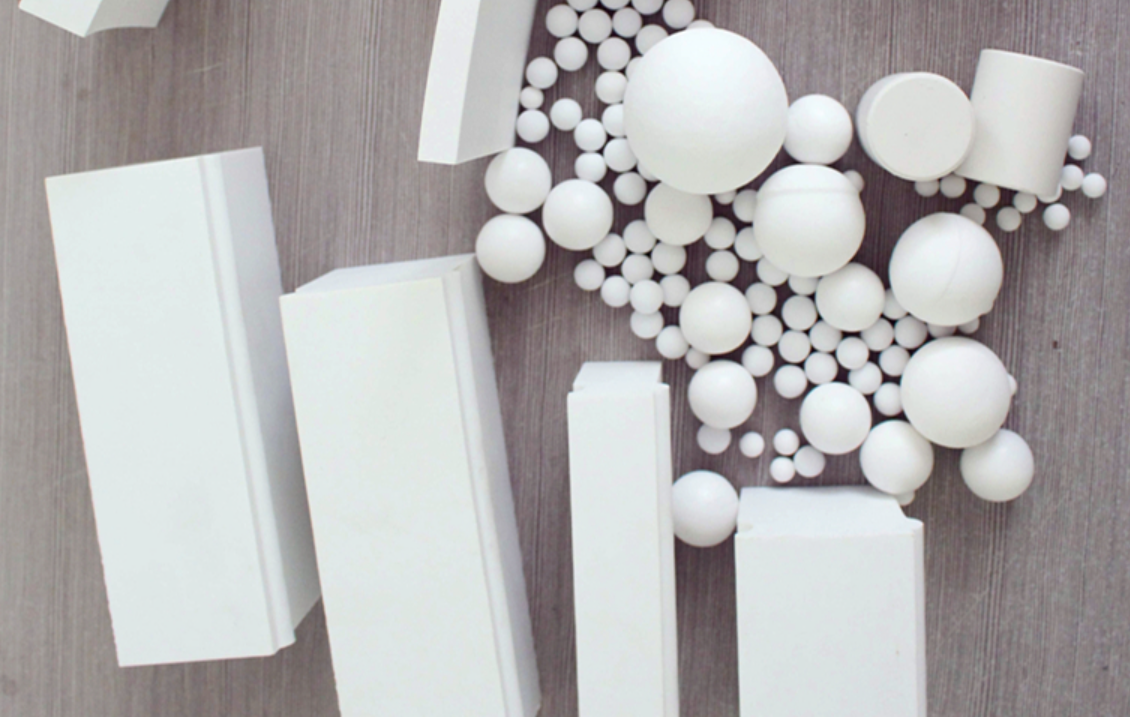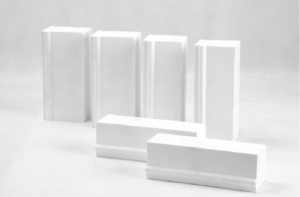

Alumina ceramic is a kind of alumina (Al2O3) as the main ceramic material, used in thick film integrated circuit. Alumina ceramics have good conductivity, mechanical strength and high temperature resistance.
Alumina ceramics are currently divided into two types: high purity and common. High purity alumina ceramic is more than 99.9% Al2O3 content of ceramic materials, because of its sintering temperature up to 1650-1990℃, transmission wavelength of 1 ~ 6μm, generally made of molten glass to replace the platinum crucible. Because of its light transmittance and resistance to alkali metal corrosion, it can be used as sodium lamp tube, in the electronics industry can also be used as integrated circuit board and high frequency insulation material.
Ordinary alumina ceramics are divided into 99 porcelain, 95 porcelain, 90 porcelain, 85 porcelain and other varieties according to the Al2O3 content, sometimes Al2O3 content in 80% or 75% is also considered to be ordinary alumina ceramic series. Among them, 99 alumina ceramic materials are used to make high temperature crucible, furnace tube and special wear-resistant materials, such as ceramic bearings, ceramic seals and water valves, etc. 95 alumina ceramic material is mainly used as corrosion resistant, wear resistant parts; 85 alumina ceramic material is often mixed with part of talc, improve the electrical properties and mechanical strength, and can be sealed with molybdenum, niobium, tantalum and other metals, some also used as electric vacuum devices.
Post time: Apr-28-2022